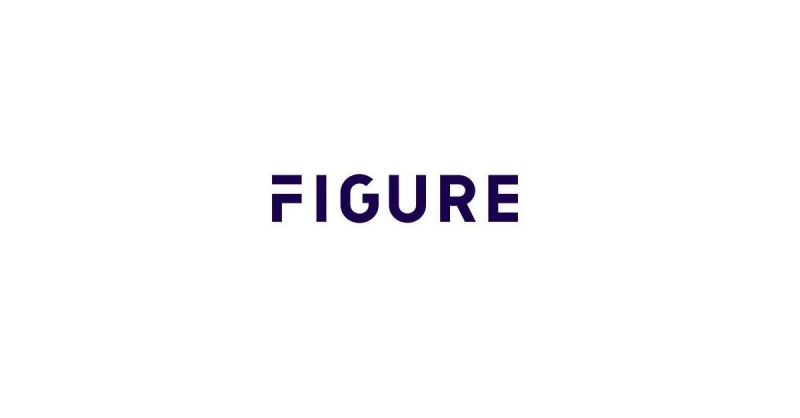Advertisement
Single Family Homes as Rentals Remains a Viable Investment

RealtyTrac and RentRange released a list of the Top 25 Hidden Gem Single Family Rental Markets nationwide based on gross rental yield, the expected return on investment before accounting for taxes, maintenance fees and other costs.
The Top 25 Hidden Gem Single Family Markets were determined by evaluating gross rental yield data provided by RentRange, institutional investor sales data provided by RealtyTrac, and unemployment data for more than 450 nationwide counties with populations of 100,000 or more. The analysis was limited to single family homes with three bedrooms. The top 25 markets had the highest gross rental yields in counties where institutional investor purchases accounted for 5 percent or less of all residential sales in the three-month period ending in July, and the unemployment rate was 7.5 percent or lower.
Gross rental yield is a commonly used method of comparing properties. It is determined by dividing the gross annual rental income by the purchase price or market value of the property, and offers an apples-to-apples way to compare rental properties and geographies.
“Buying single family homes as rentals still yields solid returns in many markets across the nation, but it is difficult for individual investors and even small-to medium-sized institutional investors to find reasonably priced inventory in markets dominated by the 800-pound gorillas in the single family rental space,” said Daren Blomquist, vice president at RealtyTrac. “With this analysis we’ve identified the top overlooked markets where single family rentals still make good financial sense but where there is little to no competition from the big players.”
“Real estate investment opportunities vary greatly market by market,” said Wally Charnoff, CEO of RentRange. “The availability of gross rental yield information and other valuable analytics empower buyers to make more scientific decisions about where to invest.”
The hidden gem counties may represent opportunities for smaller investors or owner-occupiers, with less competition from institutional investors. Investor activity claimed more than 5 percent of the market in over 20 percent of all counties for the three months ending in July. “Heavy buying from large institutional investors in some markets contributes to price appreciation and scarcity of listings, leaving small investors and owner-occupiers feeling left out in the cold. These levels of institutional investor buying will ultimately drive prices up and rental yields down,” said Jake Adger, chief economist of RealtyTrac.
About the author




